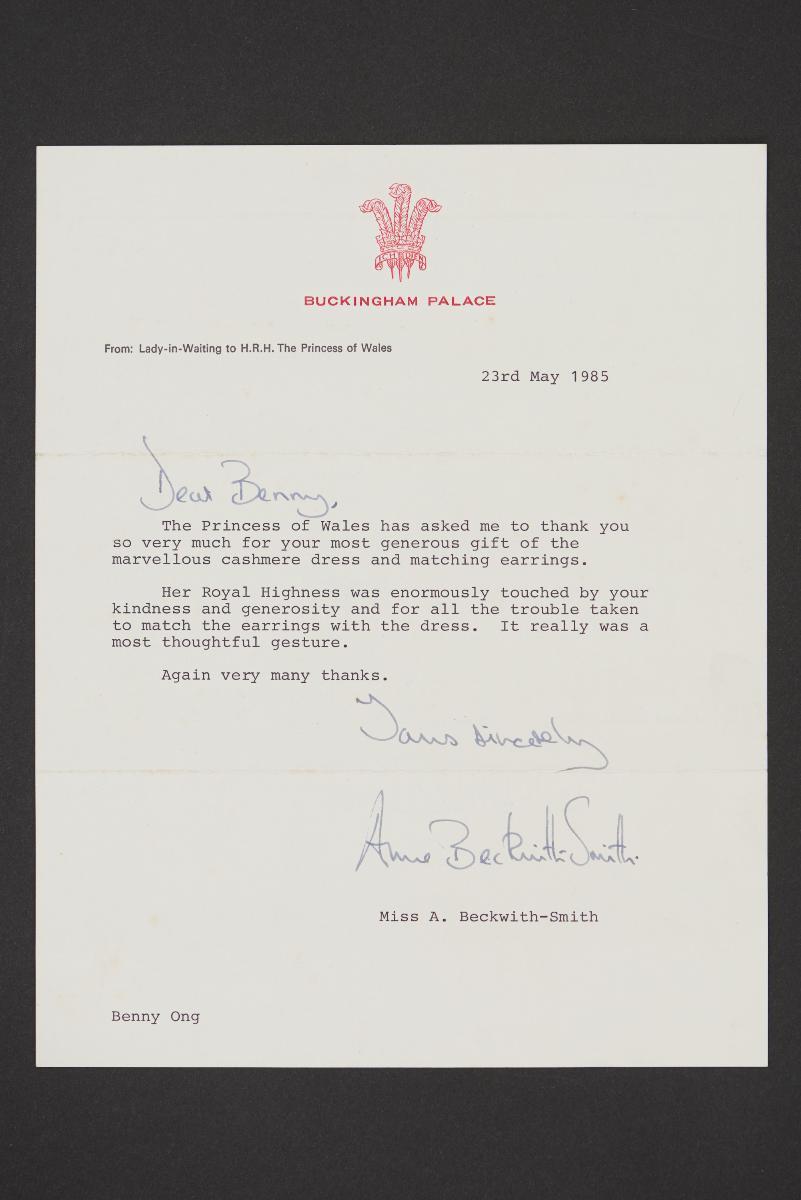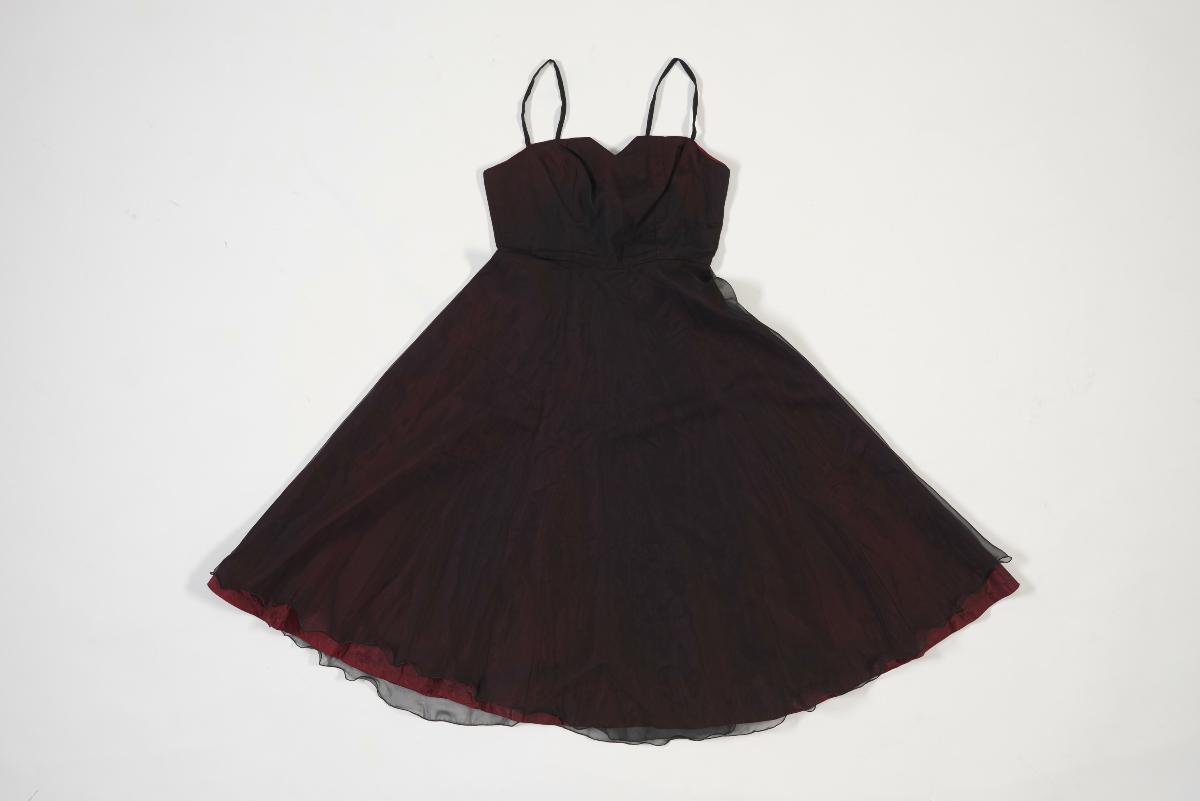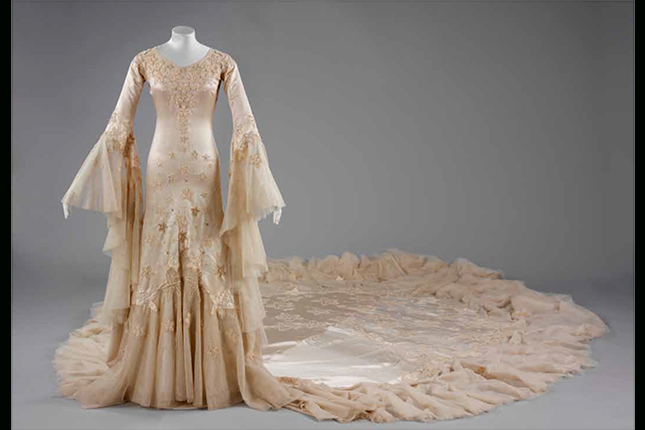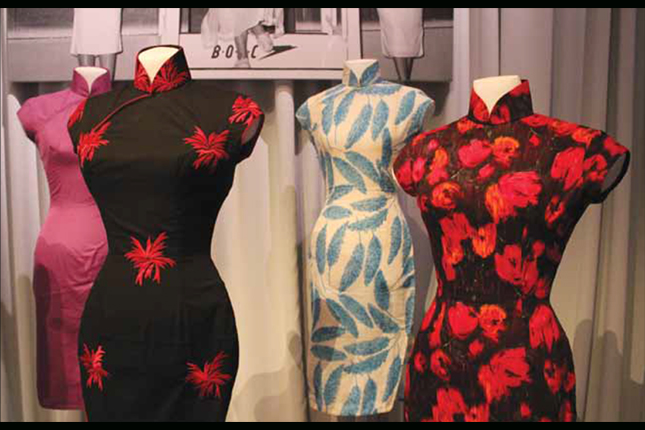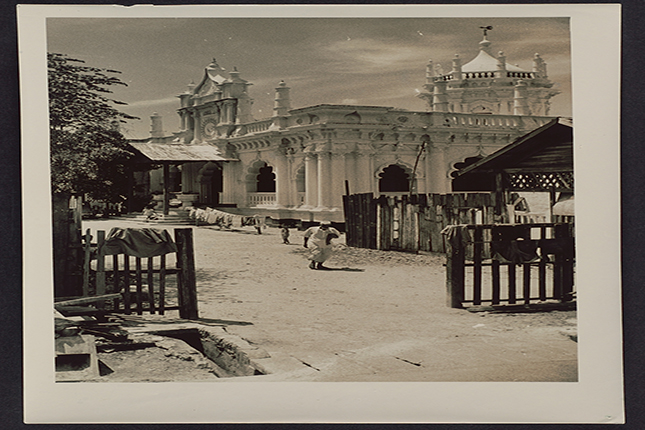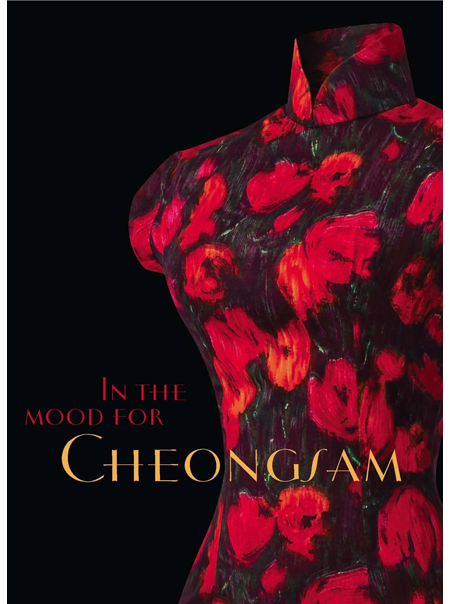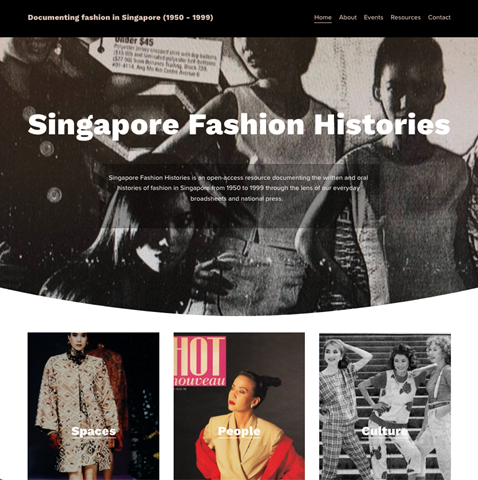Text by Chung May Khuen
Curator, National Museum of Singapore
Images courtesy of National Museum of Singapore
BeMuse Volume 4 Issue 1 - Jan to Mar 2011
"Black - The most popular and the most convenient and the most elegant of all colour. You can wear black at any time. You can wear it at any age. You may wear it on any occasion. A 'little black frock' is essential to a woman's wardrobe. I could write a book about black."
-Christian Dior, 1954
French couturier Christian Dior best described the appeal of black in a modern woman's wardrobe. Suitable for almost all occasions, black in fashion, in the guise of the "little" black dress, has been embraced by women all over the world since the early 20th century. Some of the most quoted reasons for wearing black are that it is versatile, "safe" and easy to wear, elegant, respectable and understated. Black is often seen at black tie events, funerals and at work. It is also the "uniform" for some graduates, certain religious figures, professionals like lawyers and judges, classical musicians and subculture groups like Punk and Goth.
Beauty in Black attempted to examine why women and fashion designers in general love black through a display of black dresses that date from the 1950s to the 2000s. The collection, on exhibit for the first time at the National Museum of Singapore, comprised acquisitions and donations made since 2004 and included creations by leading Western fashion designers like like Cristóbal Balenciaga, Hubert de Givenchy, Pierre Cardin, Azzedine Alaïa, Karl Lagerfeld amongst others as well as Singaporean designers such as Benny Ong and Thomas Wee. It also consisted of garments made locally for Singaporean women during the 1950s and 1960s before ready-to-wear became popular in the 1970s. The sheer variety of fabrics, styles and effects presented in these black dresses allowed visitors to examine closely the creative works and skills of these selected designers.
THE MODERN BLACK DRESS
Prior to the 1900s, black was largely regarded in the West as the “garb of mourning and woe and the emblem of death and destruction.”1 Similarly in Asia, including Singapore, it was taboo, inauspicious and closely associated to mourning. Black was only popularly accepted as a colour that symbolises fashion, modernity and productivity amongst women in the West in the 1920s.
Two major events – Britain’s ‘Black Ascot’ (1910) and the First World War (1914–1918) were credited for changing the cultural status of black. The former referred to the royal racing event of 1910 which saw participants parading in black finery even as the nation mourned the death of King Edward II, hence raising the status of the colour black with luxury and haute couture. When war broke out in 1914, women adopted the wearing of the simple black mourning attire as a result of economic constraints and the need to be mobile and productive at work. This change was documented in both elite and the working class fashion publications by the 1920s which frequently portrayed models in black dresses and referred to these as fashionable, elegant and distinct.2
Over the years, there are some notable fashion designers who are indissolubly associated with black. One of them is Cristóbal Balenciaga (1895-1972), who according to Jacqueline Dermornex (the author of Balenciaga, 1989), observed that ‘every collection featured the discreet appearance of a little black dress made entirely by Balenciaga.’4 Not one who was interested in following fashion trends, Balenciaga saw black as most appropriate in his quest to create dramatic and timeless classics using different types of fabrics and details. For example, he liked to layer black lace over satin so as to give the dress texture and emphasise the pattern of the lace. The designer’s Spanish roots also provided him with much inspiration for black in fashion. Featured in Beauty in Black was a 1960s satin sleeveless tunic dress overlaid in black lace completely embroidered with sequins and jet-like beads highlighted with silver lurex threads. It comes with a matching matador cape, which reminds one of the traditional costume worn by bullfighters in Spain.

Left: Back view of the Guitar Dress by Karl Lagerfeld for Chloe, 1983.;
Centre: Hardy Amie's taffeta silk dress, 1950s;
Right: Hubert de Givenchy's green and black ensemble with gold embroidery, 1952.
Collection of the National Museum of Singapore.


The iconic status of black, as seen in fashion, is reflected through its various forms in Beauty in Black. The first group of austere and unadorned black dresses permitted the visitors to admire the pieces as they are, characterised only by their cut, drape, pleats and seams. This concept of the plain black dress is probably similar to the one advocated by Chanel in the 1920s.
Placed next to this group was a set of embellished black dresses made in various fabrics. Very often, designers take advantage of light descending on monochrome black designs with embroidery and needlework to create eye-catching pieces that allow the wearer to stand out in the crowd. For example, the dull black cheongsam can be transformed into a glamorous evening wear using gold sequins embroidered on the dress. Fabrics such as lace and velvet also have the ability to translate the otherwise austere black dress into a luxury wear appropriate for formal black tie events.
Sometimes, colours are employed to break the severity of black (which absorbs all light). Not only do colours help to liven up the dress but they also assist the designer to emphasise the graphic character of the outfit. For example, Singaporean fashion designer Benny Ong used two contrasting colours, black and white in his 1987 taffeta silk cocktail bustier dress to highlight its silhouette.

Corresponding to these various groups of dresses was an ensemble of cheongsam worn by Singaporean women from the 1950s to 1980s. Singapore’s rapid development as a modern and industrialised nation at the end of Second World War resulted in the growth of an increasingly westernised society. As more and more Singaporean women became educated and stepped out of their homes to work, they became exposed to western influences. A major indication of this phenomenon is the clothes they wore. While some women began to prefer western frocks to traditional garments, others adapted the figure-revealing silhouette popular in the West into their previously loose fitting traditional garments.
In 1961, the simple, sleeveless sheath dress worn by socialite Holly Golighty (played by Audrey Hepburn) in the movie Breakfast at Tiffany’s became the most famous little black dress in the history of cinema. Black made its way into youth fashion by the 1960s and was constantly featured in Optical Art and geometric dresses. Beauty in Black demonstrated that women's affections for the black dress did not waver over the years, despite constant changes in fashion trends and the numerous transformations it underwent. Black, in fashion, had remained and will continue to be a modern Singaporean woman’s “best friend”, like everywhere else.
Notes
1 Steele, Valerie. The Black Dress. New York: Collins Design: 2007, p. 10
2 The Times, March 26, 1923
3 Buxbaum, Gerda. (ed) Icons of Fashion The 20th Century. New York: Prestel Verlag, 2005, p. 27
4 Mendes, Valerie, Dressed in Black. London: V&A Publications, 1999, p. 71
5 Steele, Valerie. The Black Dress. New York: Collins Design: 2007, p. 20
6 Kawamura, Yuniya. The Japanese Revolution in Paris Fashion, Oxford: Berg Publisher, 2004, p. 137
Bibliography
Buxbaum, Gerda (ed), Icons of Fashion The 20th Century. New York: Prestel Verlag, 2005
Dior, Christian, The Little Dictionary of Fashion. London: V&A Publications, 2007
Edelman, Amy Holman, The Little Black Dress. New York: Simon & Schuster, 1997
Mendes, Valerie, Dressed in Black. London: V&A Publications, 1999
Steele, Valerie, The Black Dress. New York: Collins Design, 2007





